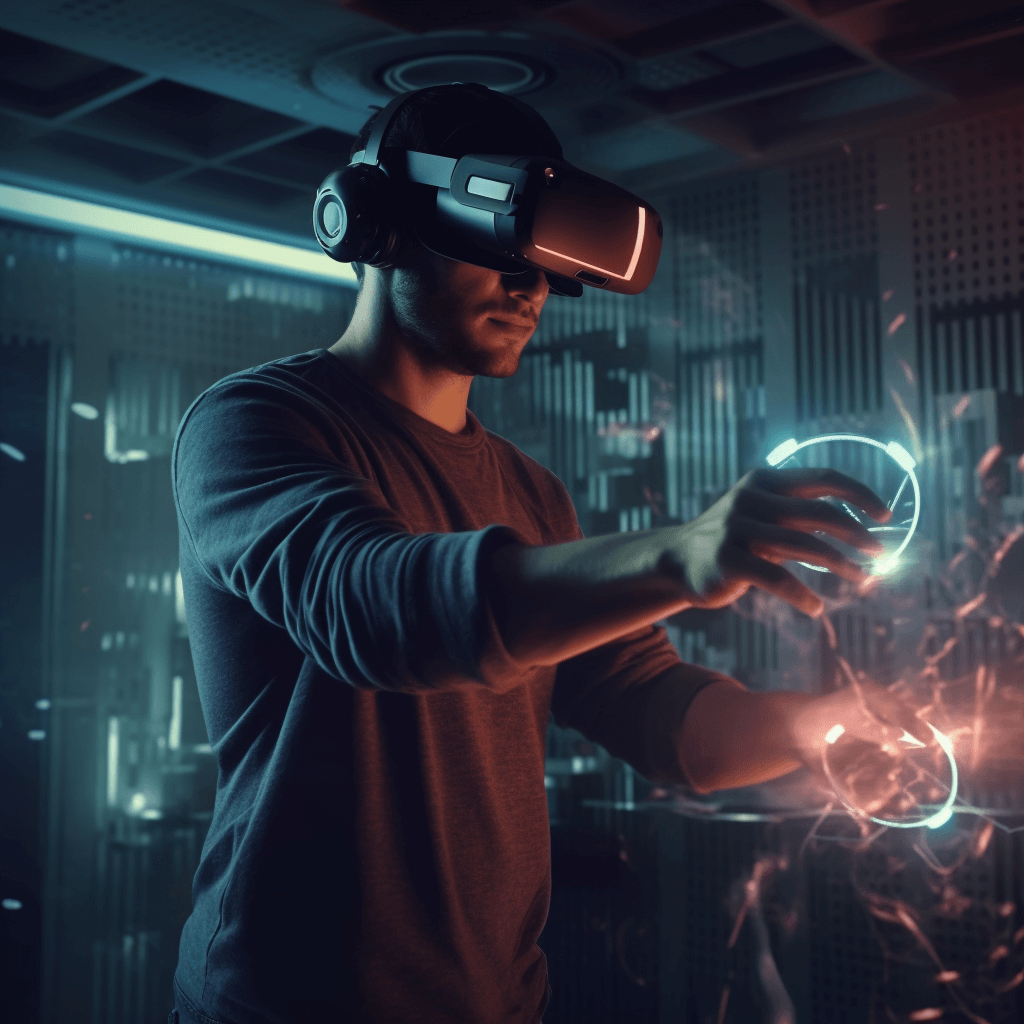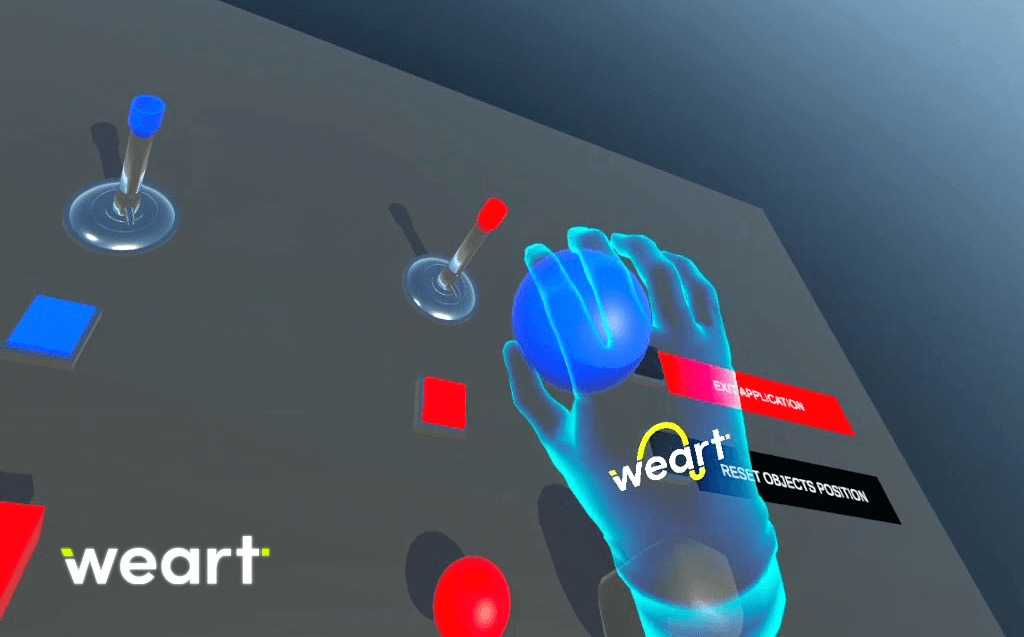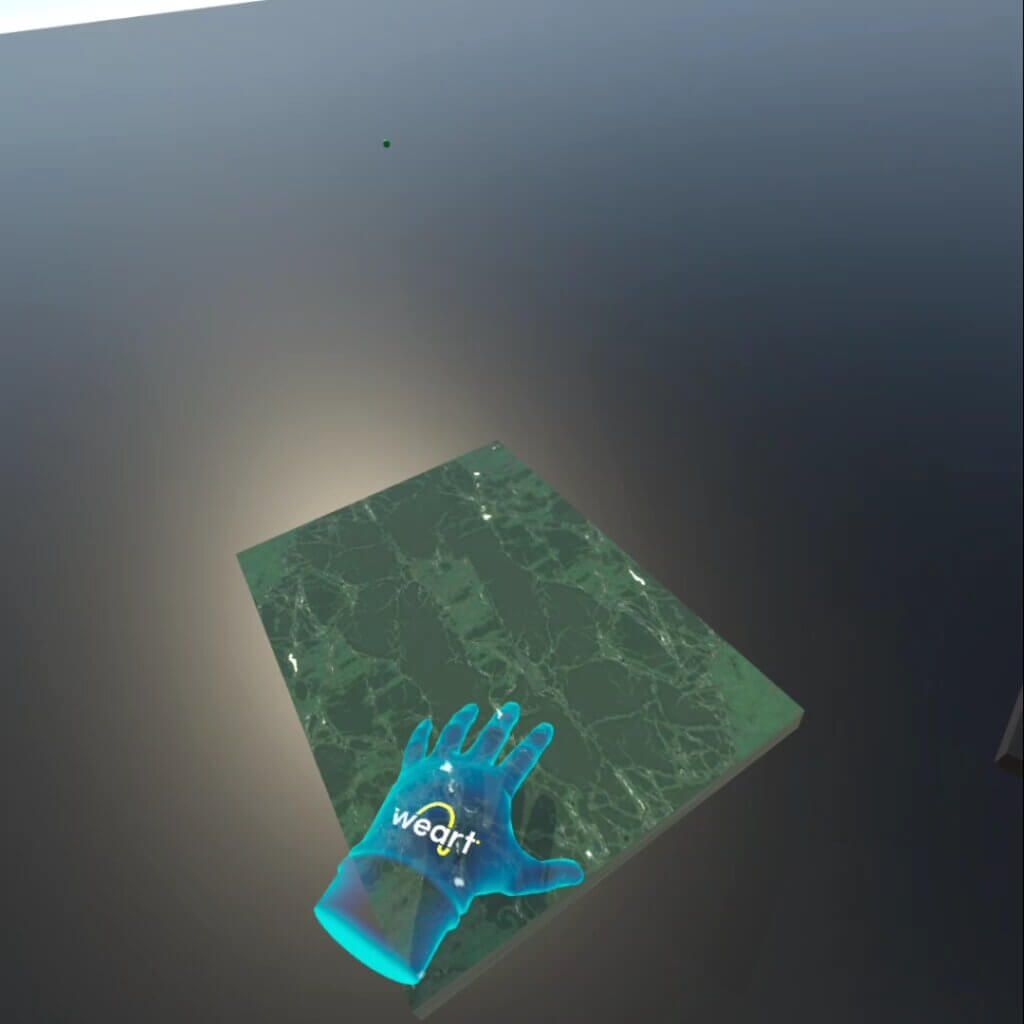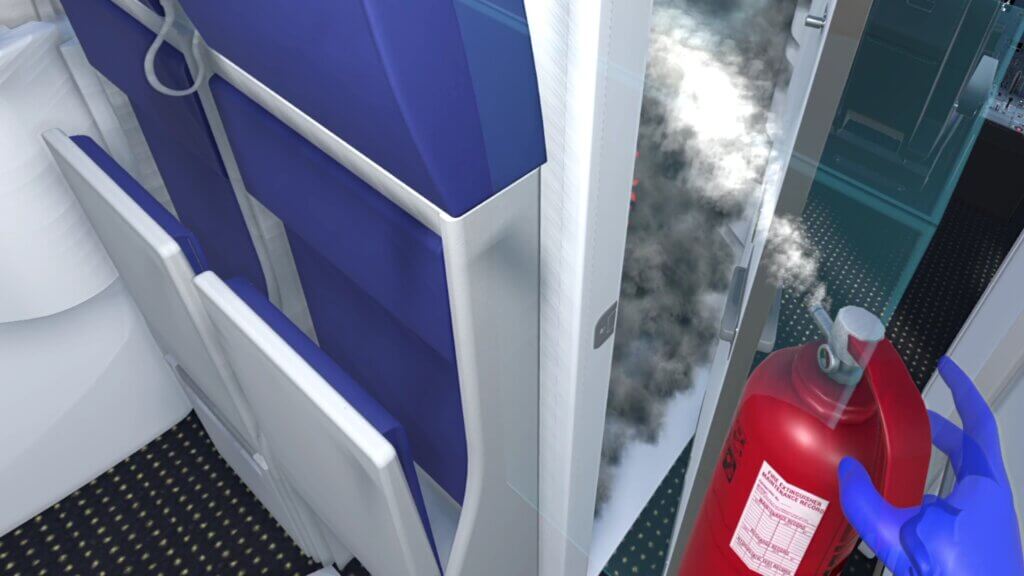Pills of Haptics:
How to integrate haptic technology into XR experiences

In many contexts, the ability to “feel” an object is crucial for receiving feedback about interactions.
For example, in industrial training scenarios:
• When flying a plane, operators need to pull a lever without looking away from the flight instruments, relying on tactile feedback to confirm the lever’s position.
• When inserting a connector that isn’t visible, tactile feedback is essential to ensure it is correctly inserted.
So, which are the best practices to integrate haptic feedback into XR experiences?
Getting the most out of haptic feedback in XR Experiences

Apply contact force and pressure
When approaching an object with fingers, contact can be perceived through a force that increases with applied pressure, depending on the object’s hardness. For instance, when driving a screw with a tool, the end stop of the screw provides important tactile feedback, indicating the action is complete. Another example is touching a sofa cushion, which feels softer than a metal worktable, resulting in a different perceived force.Activation of interactive objects
A working tool, when activated, can start vibrating according to the intensity of its use. For example, a blender will vibrate based on the selected intensity level, and when it comes into contact with another object, this interaction can create an additional tactile effect transmitted to the hand.
Making objects explorable by hand
Applying haptic textures allows users to feel specific finishes of objects, like a kitchen countertop or a car seat, perceiving the marble veins or the leather stitching. If these materials also possess thermal properties, such as the slightly cold sensation of marble, the realism is further enhanced. These features are typically assigned to objects that require detailed exploration, for customers experiences or during ergonomics studies.

Creating effects to enrich interaction
In certain scenarios, tactile properties can be combined to produce an immediate effect. For example, during a maintenance task, simulating a short circuit can involve using heat, a sudden force, and a vibration pattern to mimic the sensation of a brief electric shock.
Varying the thermal properties of objects
Objects can change their thermal properties during use; for example, a drill can heat up over time during use and therefore convey overheating to understand wear and tear.

About TouchDIVER technology
TouchDIVER vr glove provides multimodal haptic feedback, combining force feedback, textures rendering and thermal cues with precise hand tracking and high resolution, in a lightweight design. TouchDIVER VR glove provides multimodal haptic feedback, combining force feedback, textures rendering, and thermal cues with precise hand tracking and high resolution, in a lightweight design. Whether used for training, or immersive applications, TouchDIVER’s integration of diverse haptic technologies enables users to perceive textures, forces, and temperature changes, creating a truly convincing and engaging XR experience.
With our SDK and TouchDIVER, integrating haptics into any XR project is straightforward. Many of the above suggestions are already incorporated into the SDK and are ready for use, enhancing the overall experience and adding value to the project by deepening the end user’s immersion.
